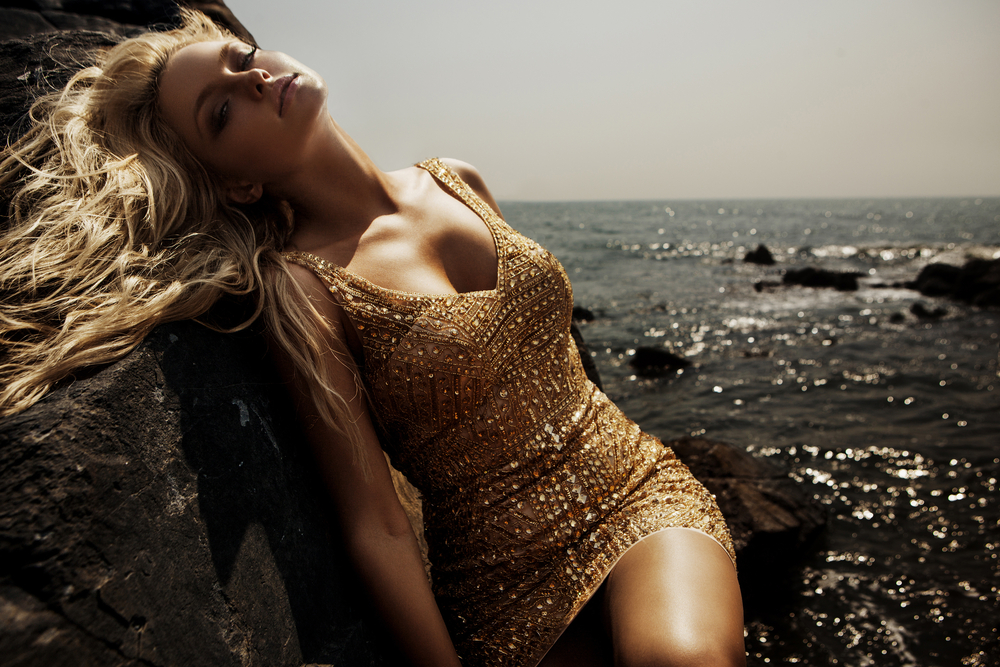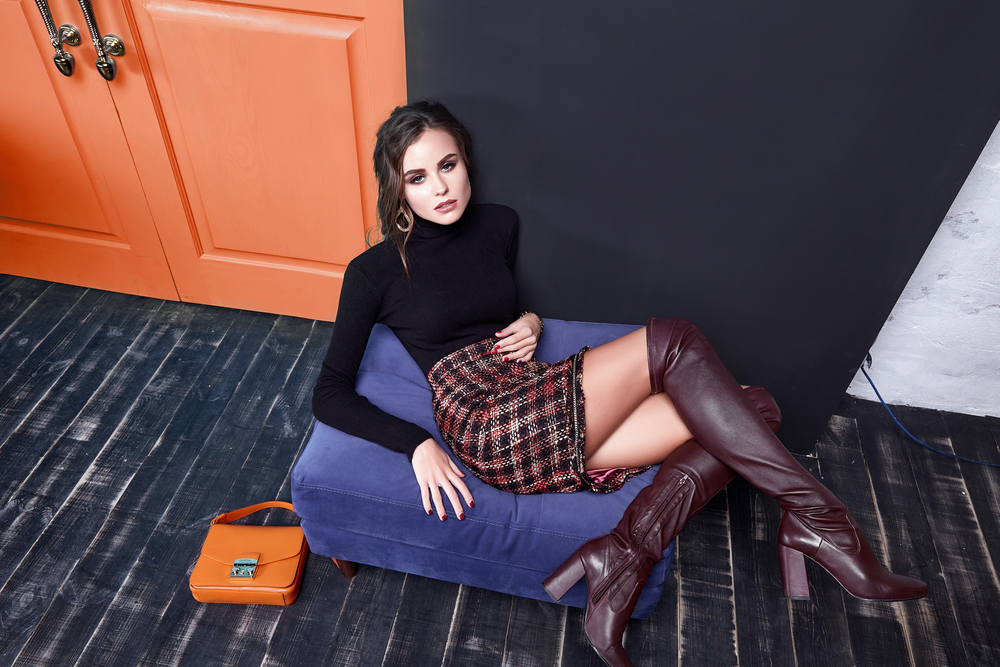
The Art and Science of Modeling: Unveiling the Secrets Behind the Glamour in Photoshoots

There is something undeniably captivating about photoshoots. From glossy magazine spreads to billboard advertisements, images of models effortlessly exuding beauty and confidence are constantly in the limelight. But have you ever wondered what goes on behind the scenes? The world of modelling is a fascinating blend of art and science, where skilled professionals work tirelessly to create those stunning visuals. Join us as we delve into the secrets behind the glamour and uncover the art and science of modeling .
The Art of Modeling
At its core, modeling is an artistic expression. Models are not just faces or bodies; they are storytellers, conveying messages through their poses, expressions, and movements. They bring life to the fabric and breathe character into the shoes they wear. Whether it's high fashion or commercial campaigns, models play a crucial role in capturing the imagination of the audience.
The art of modeling also lies in the ability to evoke emotions. A skilled model can make you feel joy, desire, or curiosity through a single glance. Their ability to connect with the camera and radiate charisma is what sets them apart.
The Science of Modeling
Behind the scenes, the science of modeling is just as important. It involves an intricate understanding of body language, lighting, composition, and post-production techniques. These elements work together to create visually stunning images that provoke a desired response.
Body language plays a crucial role in modeling. Understanding how to pose and move can determine whether a photograph is perceived as elegant, confident, or powerful. Models work closely with photographers and art directors to perfect their poses, ensuring they communicate the desired message effectively.
Lighting is another essential aspect of the science of modeling. Photographers use various lighting setups to accentuate features, create depth, and enhance mood. Proper lighting techniques can make a world of difference, transforming an average photo into a striking masterpiece.
Composition goes hand in hand with lighting. By carefully arranging the elements within a frame, photographers create visually pleasing images. The rule of thirds, leading lines, and balancing visual weight are just some of the techniques employed to achieve balanced and appealing compositions.
Post-production is the final touch in the science of modeling. Skilled retouchers can enhance images by adjusting colors, removing imperfections, and emphasizing key features. They collaborate closely with photographers to ensure the final product aligns with the original vision.
What It Takes to Be a Model
Modeling is not as effortless as it appears. It requires dedication, hard work, and perseverance. While physical attributes play a role, there is much more to it. Confidence, professionalism, and the ability to take direction are essential qualities for a successful model.
Frequently Asked Questions
1. What height and weight are typically required to be a model?
There is no standard height and weight for all types of modeling. High fashion modeling often favors taller and slimmer figures, while commercial modeling can be more diverse. The industry welcomes a range of body types and sizes, as long as the individual can work effectively in their chosen niche.
2. Are there age restrictions in the world of modeling?
Modeling is not limited to a specific age group. While the fashion industry predominantly focuses on younger models, there are opportunities for all age ranges in the commercial and lifestyle sectors. Age is not a barrier as long as the individual can effectively represent the brand or concept.
3. How do models prepare for a photoshoot?
Models typically prepare for photoshoots by getting enough rest, hydrating, and taking care of their skin and hair. They may also familiarize themselves with the brand or concept and practice different poses in front of a mirror. Communication with the photographer and creative team is essential to understand the desired outcome and any specific requirements.
4. Do models have creative input during a photoshoot?
Models often have some creative input during a photoshoot. While they are primarily there to fulfill the photographer's vision, their experience and understanding of their body can contribute to the overall success of the shoot. Collaboration between the model and the creative team can bring unexpected and captivating results.
5. How do models cope with the pressure of the industry?
The modeling industry can be demanding, and models face various pressures to maintain specific physical standards. It is crucial for models to prioritize self-care, both physically and mentally. Building a strong support system, embracing a healthy lifestyle, and cultivating a positive mindset are essential for navigating the challenges of the industry.
The art and science of modeling intertwine to create the captivating images that surround us. Models, photographers, and creative teams work together to bring concepts to life, leaving an indelible impact on the world of advertising and fashion. Understanding the intricacies behind the glamour sheds light on the immense effort and talent required to capture those picture-perfect moments.
Other useful resources
- https://www.planetmodelphoto.com/models/modeling/usa/charlotte/nc-north-carolina
- https://en.wikipedia.org/wiki/Category:Models_by_modeling_agency
- https://www.planetmodelphoto.com/models/modeling/usa/wilmington/nc-north-carolina
- https://en.wikipedia.org/wiki/Category:Modeling_(profession)